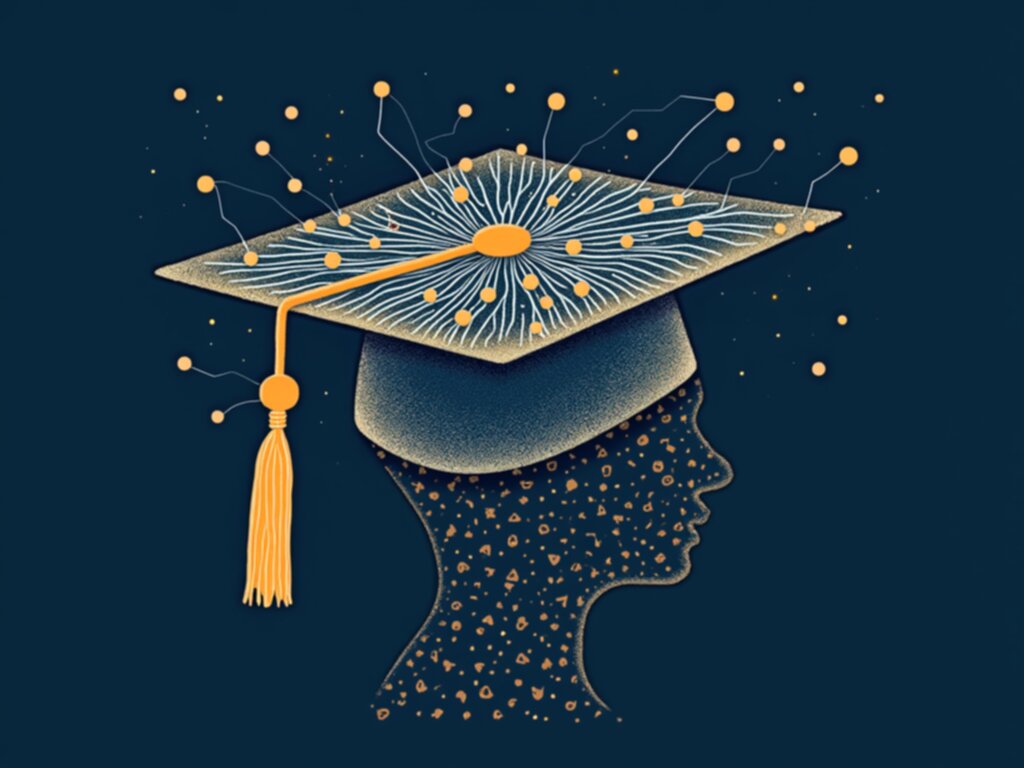How AI Tutorials Help Students Navigate Difficult Math

The sheer terror a student feels when confronting a differential equation or a non-Euclidean geometry proof is a familiar, almost universal experience. I’ve spent time looking at educational efficacy, and frankly, traditional methods often leave too much room for ambiguity when the material demands absolute precision. Think about the moment a student hits a wall in calculus; the textbook explanation feels like reading ancient script, and the instructor’s office hours are often too brief to truly rebuild the foundational understanding that crumbled weeks prior. This isn't a failure of effort, but often a failure of accessible, on-demand scaffolding tailored to the precise point of misunderstanding. We are observing a shift, not in the math itself, which remains immutable, but in the delivery mechanism for mastering it.
What I find fascinating is how personalized instructional pathways, delivered through interactive tutorial systems, are beginning to address this structural gap in STEM education. We are moving beyond static video lectures to something far more dynamic, something that mirrors a one-on-one tutoring session, but with infinite patience and perfect recall of prerequisite material. Let's examine what makes these specific AI-driven tutorials perform differently than simply searching for a solution online.
My observation centers on the diagnostic capability embedded within these specialized learning environments. When a student struggles with, say, the chain rule in multivariable calculus, the system doesn't just show the next step; it immediately probes backward to ascertain if the breakdown occurred at the single-variable application or even earlier, perhaps in basic algebraic manipulation involving exponents. This recursive checking mechanism stops the accumulation of error, which is the silent killer in advanced mathematics coursework. I’ve reviewed logs where students spent fifteen minutes correctly applying the core concept but failed the entire problem because they forgot to distribute a negative sign two steps back in the simplification phase. The tutorial isolates that specific algebraic slip, presents three similar, simpler problems focused solely on that distribution error, and only then returns to the original calculus problem. This surgical approach contrasts sharply with standard review sessions that tend to re-teach the entire chapter, wasting the student's limited cognitive energy on concepts they already grasp. Furthermore, the feedback loop is instantaneous; there is no waiting for the next graded assignment to confirm a persistent flaw.
Consider the architecture required to support this level of individualized remediation. We are not talking about simple question-and-answer bots; these are sophisticated reasoning engines trained specifically on pedagogical models of mathematical concept acquisition. They must be able to interpret varied student inputs—not just textbook answers, but scratchpad work transcribed or even sketched representations of geometric figures—and map those inputs back onto known points of conceptual difficulty. For instance, in linear algebra, a student might correctly set up the augmented matrix for a system of equations but consistently fail to perform the row reduction correctly because they are confusing the operation $R_i \rightarrow R_i - 2R_j$ with simple scalar multiplication of a row. The tutorial identifies this operational confusion, generates a micro-lesson distinguishing between row operations and scalar multiplication using abstract matrix examples, and then immediately re-presents the original problem. It’s the difference between being told you got the answer wrong and being shown exactly where, conceptually, your process diverged from the established logical path. This specificity transforms frustration into targeted practice.
More Posts from aitutorialmaker.com:
- →Navigating AI-Driven Career Development A Manager's Guide to Effective Development Plan Talks in 2024
- →Mastering the Fundamentals A Beginner's Guide to Low-Level Programming with Assembly and Machine Code
- →Troubleshooting GitHub's Branch Visibility Understanding Local vs Remote Branch Synchronization Issues
- →AI Upscaling Meets Audio Exploring Meta's Audiobox for Enhanced Video Sound Quality
- →RAGBuilder's New AutoSampling Feature Optimizing RAG Parameters with Optuna Integration
- →Top GitHub Repositories for Computer Vision Practice